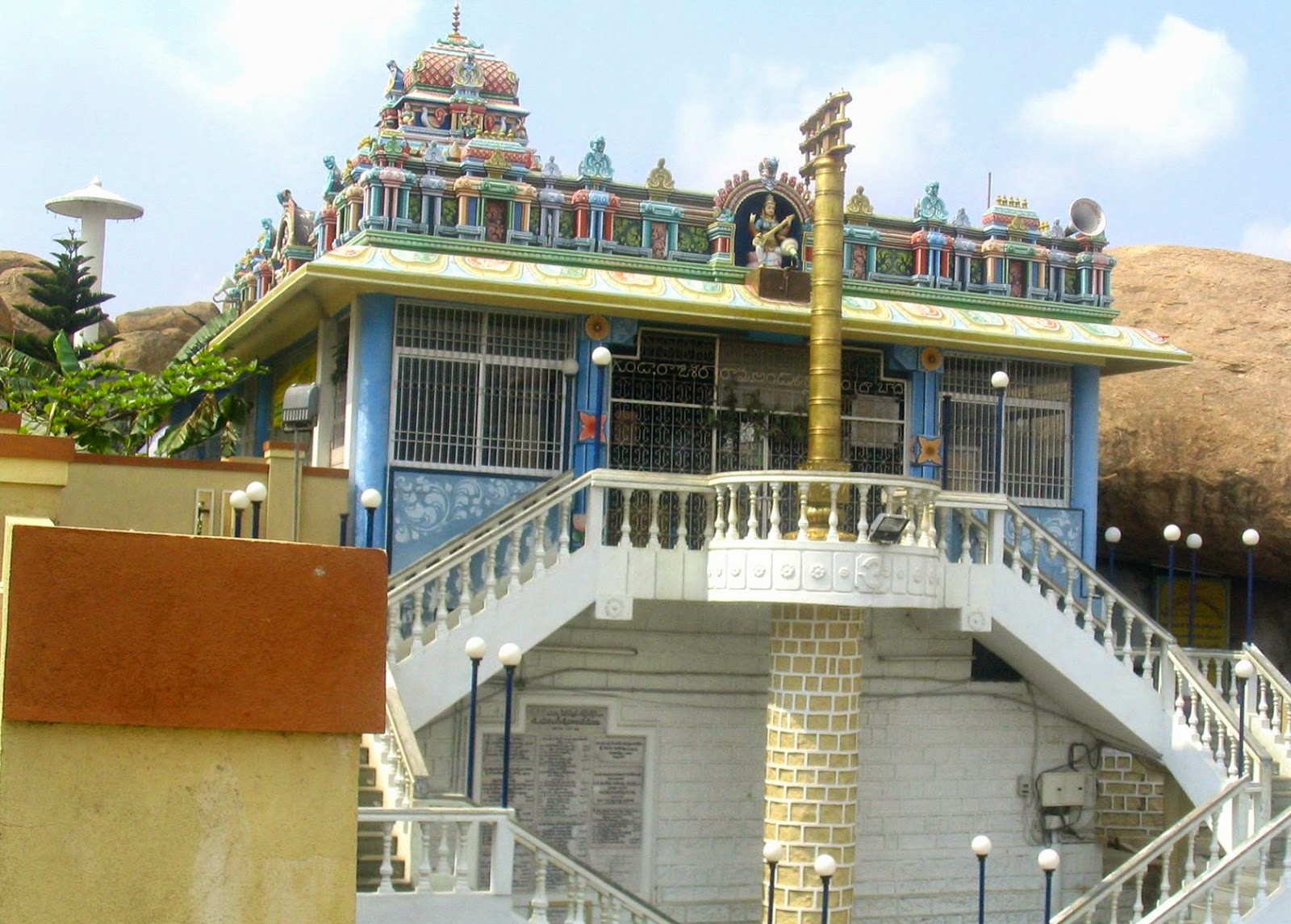Hamsaladeevi is a village in Krishna District of Andhra Pradesh close to where one branch of River Krishna meets the Bay of Bengal. It is also known as "Swan Island". The river Krishna branches in to two streams at Puligadda near Avanigadda. The eastern stream empties into the Bay of Bengal at Palakayi Tippa, 5 kilometres from Hamsaladeevi. Tippa or Dibba in Telugu means elevated land. The western stream again branches into three streams, Lankavani Dibba Krishna, Naasagunta Krishna, and Venisagaram Krishna, and then empties into the Bay of Bengal. The people of Andhra Pradesh worship the River Krishna by the name "Goddess Krishna Veni". Nearly 8% of the total cultivated land in the country is in the Krishna River watershed. There is also an old Venugopalaswamy (Lord Krishna) temple at Hamsaladeevi. People celebrate 'Magha Pournami' (February) as a holy day. That day Anna Daanam (food-donation) is done for who ever comes to visit this place.
location:
Hamsaladeevi, Near Avanigadda, Vijayawada, Andhra Pradesh
location:
Hamsaladeevi, Near Avanigadda, Vijayawada, Andhra Pradesh
























